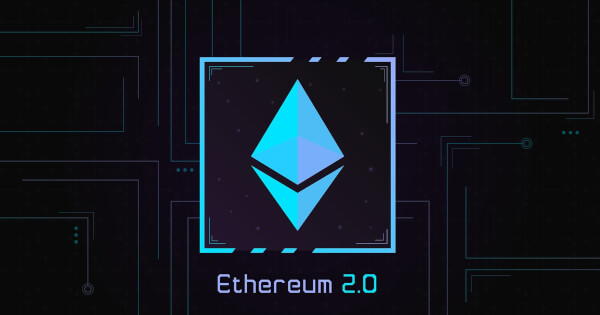Ethereum Layer 2s See Surge in Popularity in Q1 2023
Luisa Crawford Apr 19, 2023 08:14
Alchemy's Q1 2023 report shows Ethereum layer 2 networks, including Optimism, Arbitrum and Polygon, saw a 44% increase in bridged crypto assets compared to Q4 2022, and a 518% increase compared to Q1 2022. The report suggests this growth may have been driven by successful airdrops from Optimism and Arbitrum. Additionally, the deployment of smart contracts related to layer 2s increased by 160% compared to Q1 2022, despite a 30% decrease from Q4 2022.

Ethereum layer 2 networks, including Optimism, Arbitrum, and Polygon, saw a surge in popularity in Q1 2023, according to a report from Web3 development platform Alchemy. The report, titled "Web3 Development Report," cites data from Dune Analytics and shows that Ethereum users bridged over $635,000 worth of crypto assets to these networks from January to March, a significant increase of 44% over the fourth quarter of 2022 and 518% over the first quarter of 2022.
The growth in bridged assets may have been driven by successful airdrops from Optimism and Arbitrum in Q1 2023, as suggested by the Alchemy report. Additionally, layer 2s saw greater activity from developers, with the deployment of smart contracts related to layer 2s increasing by 160% compared to Q1 2022, despite a 30% decrease from Q4 2022.
Layer 2s have been offered as a solution to Ethereum's scalability problem, which has been causing high gas fees since as early as 2020. By enabling more transactions to be processed off the main Ethereum network, layer 2s can significantly reduce the fees required to interact with the blockchain. As a result, users are increasingly turning to these new scalability solutions.
This trend is reflected in the broader Ethereum ecosystem, with increased developer interest observed in Q1 2023. According to the Alchemy report, Ethereum software development kits (SDKs) such as Ethers.js, Web3.js, Hardhat, and Web3.py were downloaded 1.9 million times in the first quarter of 2023, an 8% increase from Q1 2022. Downloads of the MetaMask SDK, a tool used to develop apps that can interact with Ethereum wallet MetaMask, also increased in each month of the first quarter.
The crypto industry is coming off the back of a steep downturn in trading volume and crypto prices during 2022, with scandals like the UST depegging and FTX collapse causing many investors to shy away. However, despite this negative sentiment, users still flocked to these new scalability solutions.
While layer 2s have proven to be a useful tool for improving Ethereum's scalability, some experts have argued that sharding the Ethereum network will also help to cut down on gas fees. Sharding involves breaking up the Ethereum network into smaller, more manageable pieces, allowing for more parallel processing of transactions. Ultimately, a combination of solutions will likely be necessary to address Ethereum's scalability challenges and keep up with growing demand.
Image source: Shutterstock